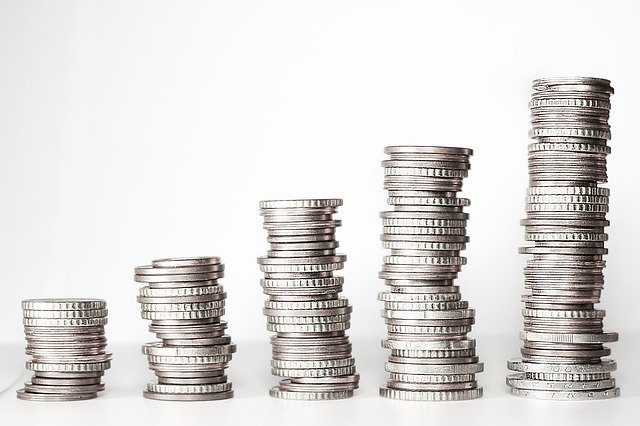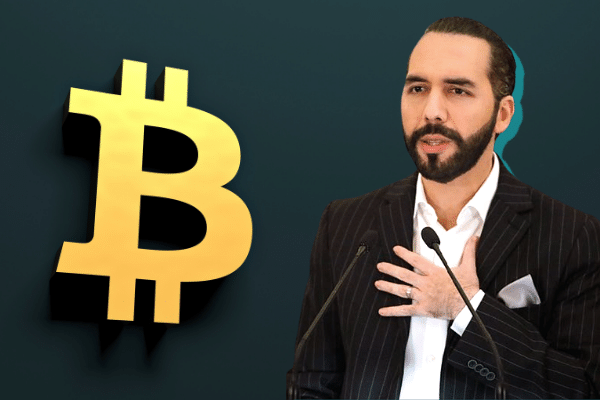
- U.S. Federal Reserve Bank of New York President suggests that the central bank could adopt a more systematic and measured means to return the Fed to a neutral monetary policy
- A median neutral monetary policy would see interest rates hiked to 2.4%, from 0.25% to 0.50% currently and would be an attempt to engineer a soft landing that has never been achieved before
“Money for nothing and your chicks for free,” may be the line to a popular strong by pop band Dire Straits, but it can hardly be the mantra for monetary policy.
Which is why the U.S. Federal Reserve is struggling to chart a middle course to wean markets accustomed to the largesse of the central bank’s put to face the reality of a more neutral monetary policy.
Where policymakers are struggling though is what that path to a neutral course should look like.
In a speech at Princeton, New Jersey over the weekend, U.S. Federal Reserve Bank of New York President John Williams said,
“Clearly, we need to get something more like normal or neutral, whatever that means.
Do we need to get there immediately? No. We can do this in a sequence of steps.”
Projections from the Fed so far suggest that the median (as opposed to average) policymaker expects to lift rates to 1.9% by the end of the year and 2.8% by the end of next year.
Theoretically, a neutral rate, that neither speeds up nor slows down the economy is 2.4%, but again, that’s a “best guess” because of the unprecedented number of uncertainties that the Fed is facing which could drag the economy one way or the other.
The Fed remains cognizant that overly aggressive rate hikes have the potential to push the economy into recession, although the risks are more heavily weighted towards inflation at the moment.
A U.S. jobs report last week missed expectations slightly, but overall unemployment declined to 3.6% in March, close to pre-pandemic levels.
For investors trying to interpret the Fed’s next move, Williams does provide some clues, noting,
“I anticipate inflation readings will begin to decline later this year, although this process will take time to fully play out. For 2022 as a whole, I expect PCE inflation to be around 4%, then decline to about 2.5% in 2023, before returning close to our 2% longer-run goal in 2024.”
There are signs that the Russian invasion in Ukraine may be winding down, but that does not immediately guarantee a resumption of commodity shipments out of these two primary product export giants.
Russia supplies around a tenth of the world’s high-purity nickel, is the world’s largest oil supplier behind Saudi Arabia and is a major supplier of key components of fertilizer.
Ukraine, often referred to as Europe’s breadbasket, has spent most of the tail end of winter fighting off the Russians instead of planting crops for the next harvest season.
These factors will continue to haunt global commodity markets for at least a year or two even after the last shot has been fired, and that assumes that the last shot will be fired soon.
If the Fed takes a more measured approach, it may find itself behind the curve when it comes to inflation, even though that will mean a stronger rebound for equities and other risk assets.
What the market doesn’t want then, is for the Fed to play catch-up with a series of aggressive rate hikes to tamp down price pressures.



